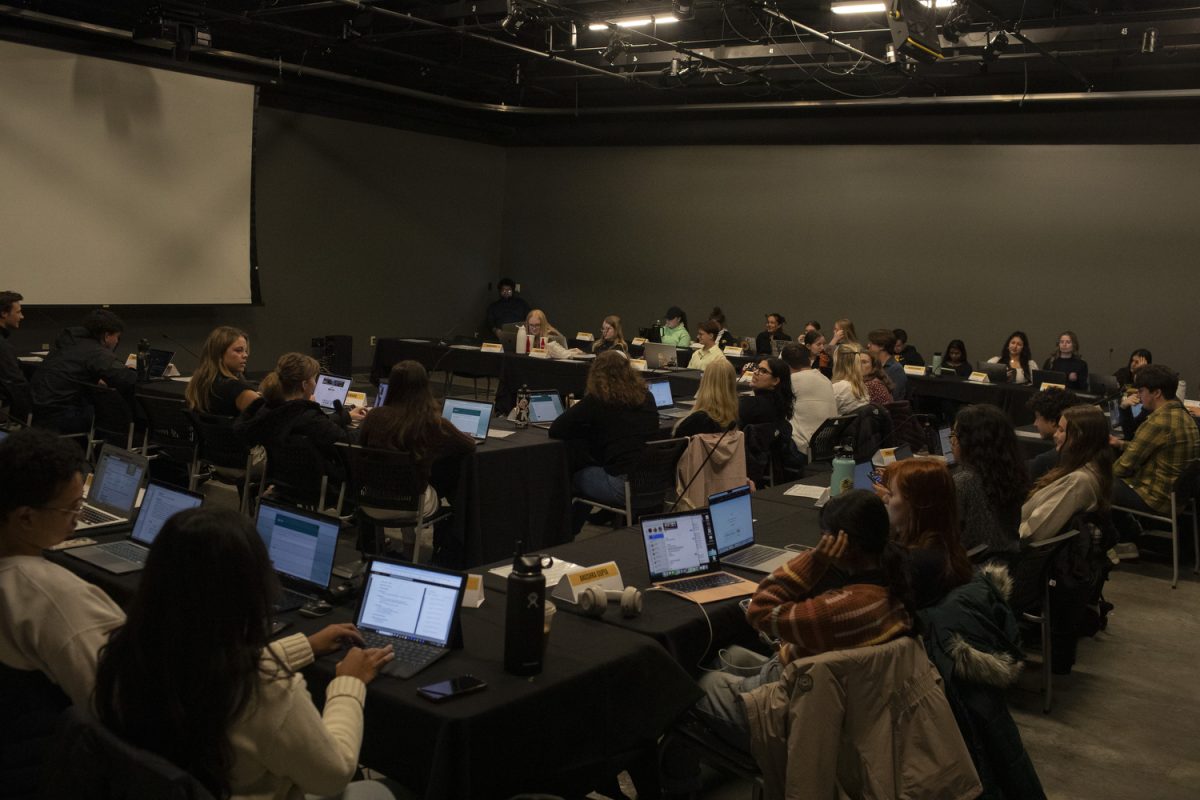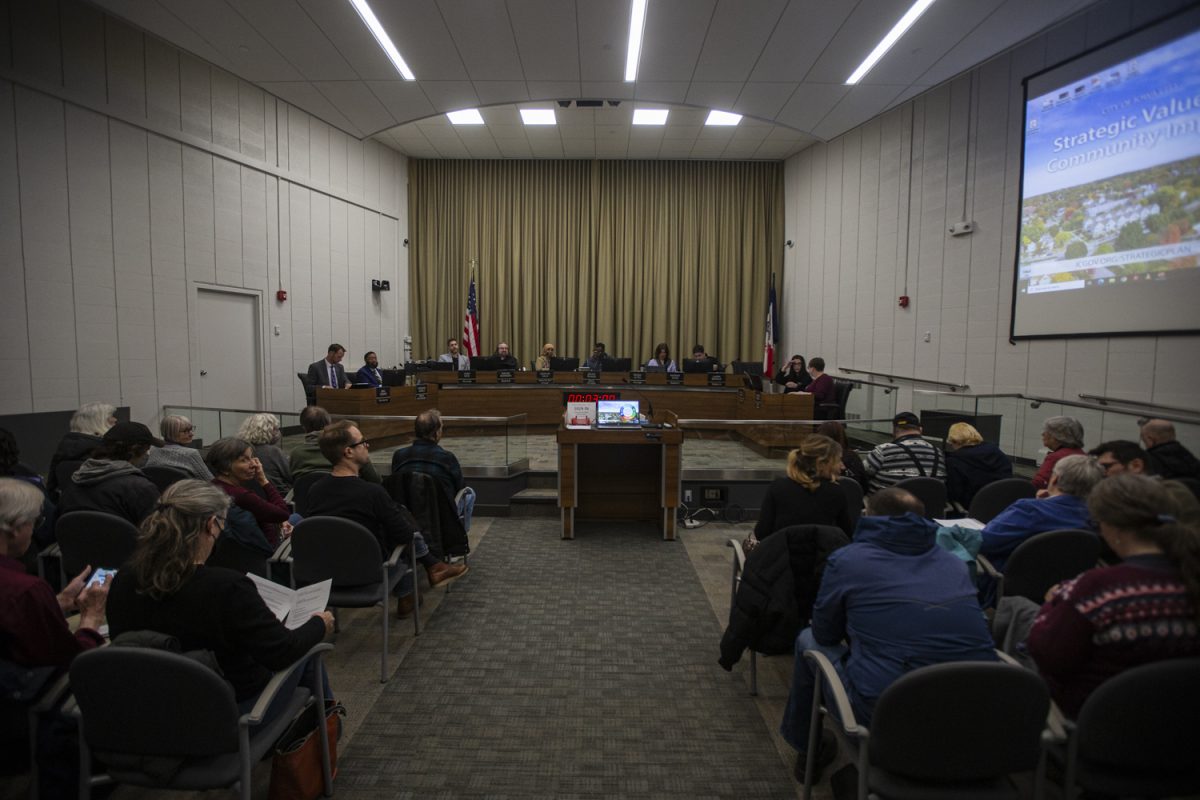The City Council race is heating up, and the 21-ordinance is once again on the table, something that has a history of controversy.
Despite this, Johnson County Auditor Travis Weipert said, early voting is lower this year than it has been in past elections.
Weipert said that this year, there have been 2,307 early ballots cast by people between the ages of 18 and 24. In 2007, the first year the 21-ordinance was on the ballot, there were almost double the number of votes by this age group, with 4,608 votes cast.
Weipert said much of the reason for these lower numbers is the student population in Iowa City — he believes they don’t have as much interest in many of the issues on the ballot as they did before.
“As time passes, a lot of students now never experienced the bar scene [before the ordinance passed in 2010],” Weipert said, noting that many students who would have voted on the ordinance are now 21 or older. “They really don’t have that vested interest now.”
Early voting overall is also shaping up to be lower than 2007, Weipert said. As of Monday night, 6,299 total early votes had been cast; 7,255 people voted early in 2007.
An expert in Iowa and local politics said students have a large effect on voting in Iowa City in particular. In most places, people age 18-24 have the lowest percentage of voter turnout, University of Iowa political-science Associate Professor Timothy Hagle said, but this doesn’t stay true for Johnson County.
“[Younger people vote more] because it’s a college town,” he said. “It’s actually the next group up that has the lowest turnout.”
Hagle said early voting is a good tactic to increase voter turnout.
“In some respects, the parties … target voters who may not be as reliable in terms of their turnout,” he said. “By targeting those kinds of people it can … drive up voting turnout.”
Hagle said in the past, the 21-ordinance issue has driven up student voter turnout. However, this may not be true this year, he said.
“In the past when this issue has been on the ballot … you have a significant uptick [in student voters],” Hagle said. “It’s not clear that the students are as engaged as they had been in past years].”
Weipert said though students may not be as invested in the 21-ordinance this year, it is still the most important issue for student voters.
“I had … students ask me … ‘Well, I don’t have to vote on the City Council race, right?’” he said. “If 21 [wasn’t] on there, I don’t think we would have had any students voting on the City Council race.”
In 2007, the voter turnout was around 16,000, Weipert said, with around 30 percent of registered voters voting. He doesn’t think this year will be the same.
“I don’t think we’ll come anywhere near that record,” he said. “I’m hoping if we hit that 10 percent, maybe 15 percent threshold, that’ll be positive.”






